The 6th
LaureateArchitecture
Charles Correa
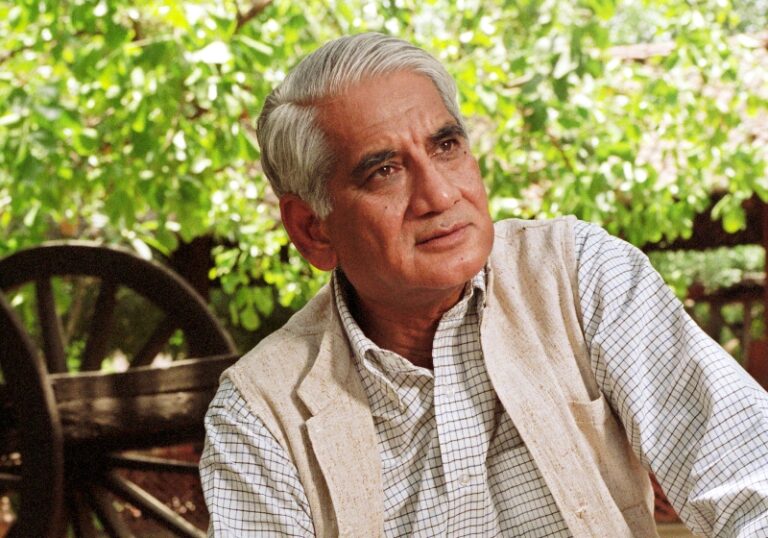
The work of Charles Correa has been of decisive importance in the creation of an architecture for post-Independence India. His wonderfully inventive designs seek to express the compelling climatic,cultural and metaphysical issues inherent in their context - from the Mahatma Gandhi Memorial Museum in Ahmedabad,to the Kanchanjunga apartments in Mumbai,the Brain Research Center at MIT in Boston,and most recently,the elegant Champalimaud Centre in Lisbon. As a pioneer in low-cost housing and urbanization in India,he was appointed Chairman of the first National Commission on Urbanisation by Prime Minister Rajiv Gandhi. He has received the highest honors of his profession,including the Gold Medal of the RIBA,and the Gold Medal of the UIA (International Union of Architects).
Biography
Variously affected by the thinking of Richard Buckminster Fuller and the work of Louis Kahn during the course of his studies in the United States from 1949 to 1955,and profoundly influenced by Le Corbusier’s achievements in India throughout the subsequent decade,Charles Correa first became established as an architect and urban designer in the mid-1960s. Three early canonical works set the stage for much that would follow in his work: his so-called Tube House developed for the Gujarat Housing Board in 1962; the Mahatma Gandhi Archive and Memorial complex completed in Ahmedabad in 1963,and the New Bombay urbanisation proposal,developed with Shiresh Patel and Pravina Desai in the following year.
While the first of these served as a point of departure for the private houses and the low-cost housing schemes that Correa would design over the next 30 years,the second rendered his ‘open-to-sky-space’ as a generic public realm,appropriate to both the Indian climate and the native way of life. At the same time,New Bombay posited a rational strategy for decanting the exploding population of Bombay into unclaimed territory on the adjacent mainland. Predicated on constructing a road between the peninsula and New Bombay (an engineering intervention that has yet to be completed),the new settlement was to be linked to the existing city by a bus loop. It was assumed that the city would be built largely by the people themselves in connection with the public infrastructure.
Based on the paradigm of a long narrow dwelling,clustered about an internal atrium,lit from above yet simultaneously screened from the sun,the Tube House served as the basic idea behind a number of bourgeois villas that Correa designed on a similar theme,most notably the Parekh and Ramkrishna Houses built in Ahmedabad between 1964 and 1968. In an equally typological manner,the Gandhi Memorial in Ahmedabad established the concept of a series of pavilioned rooms or porches loosely grouped around a labyrinth of internal courts open to the sky; a theme which would be reinterpreted by Correa in a number of later works,most notably the National Crafts Museum,Delhi of 1975–90; the Bharat Bhavan Cultural Centre,Bhopal,1975–81,and the Jawahar Kala Kendra Art Centre,Jaipur,1986–92.
Despite his preoccupation with low-cost housing,much of Correa’s more memorable work in this field has been in the service of the middle class,as is found in the Kovalam Beach Resort,Kerala,1969–74; the Kanchanjunga apartment tower,Bombay,1970–83,and the Bay Island Resort Hotel,completed at Port Blair in the Andeman Islands in 1982. Le Corbusier’s narrow fronted megaron dwelling was surely a point of departure for the first two works,but this was modified by Correa in each instance in order to meet the demands of climate and clientele. Covered by two large,lightweight umbrella roofs and with its semi-public verandas open on all sides to the sea breeze,the Bay Island Hotel represented a decisive departure from any kind of Corbusian typology.
Over the last 20 years,Correa’s architecture has become increasingly institutional,serving a whole range of public clients,for example in his Permanent Indian Mission to the United Nations,New York,1985; British Council building in Delhi,1992,and a large government complex for the state of Madija Pradesh,the so called Vidhan Bharan,1980–97.
Despite these prestigious commissions,Correa’s most compelling recent work is the Jawahar Kala Kendra Cultural Centre,built in Jaipur in 1992 to the memory of Jawaharlal Nehru,the first prime minister of India. Based,like Jai Singh’s eighteenth-century plan for Jaipur,on a nine-square mandala,the centre commemorates both Jai Singh and Nehru,each of whom had been determined to integrate India’s past with its techno-scientific future. A microcosm in itself,the exterior of this two-storey cultural centre was faced in red Agra sandstone. Each of the nine squares plus the kund,open to the air in the centre,is under the sign of a different planet and colour and hence devoted to a different aspect of Nehru’s life.
Continually involved with the Aga Khan Award Programme for the advancement of Third World architecture,and author of The New Landscape,dedicated to the evolution of strategies for urban development in the poorer countries of the world,Correa has played a prominent international role as a cultural diplomat and critical intellectual. Due to this he is as much esteemed for his influence on world opinion and government policy as he is for his contribution to the development of modern architecture in India.
Kenneth Frampton
Chronology
-
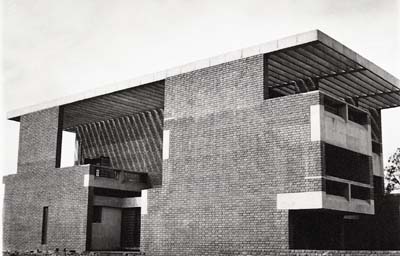
Parekh House
-
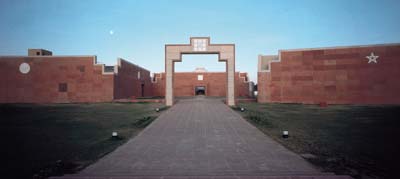
Jawahar Kala Kendra
-
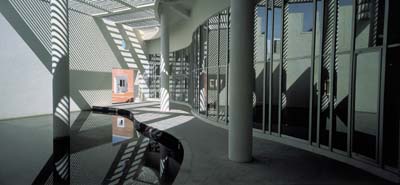
Jawahar Kala Kendra, Interior
-
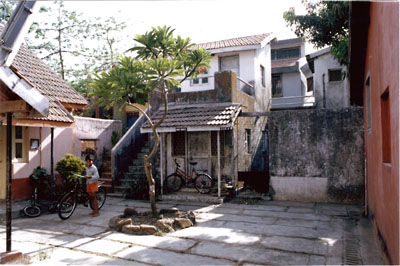
Incremental Housing at Belapur
-
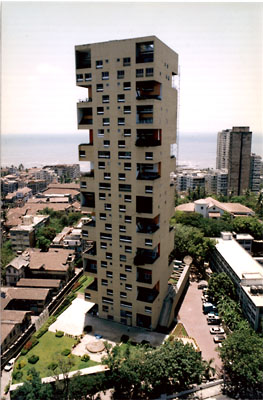
Kanchanjunga Apartments
-
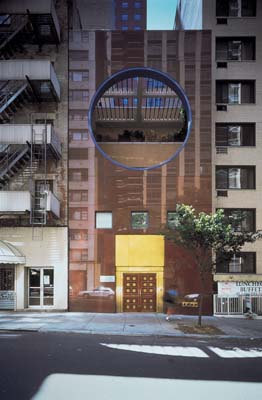
Permanent Mission of India to the United Nations
-
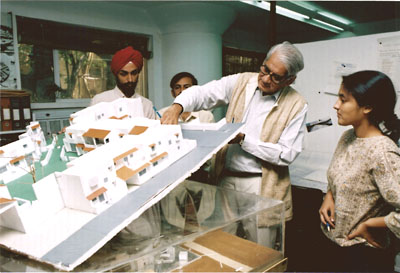
Correa at his office with apprentices
-
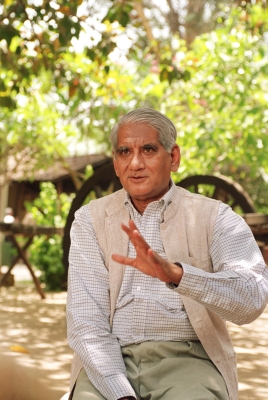
At his home

